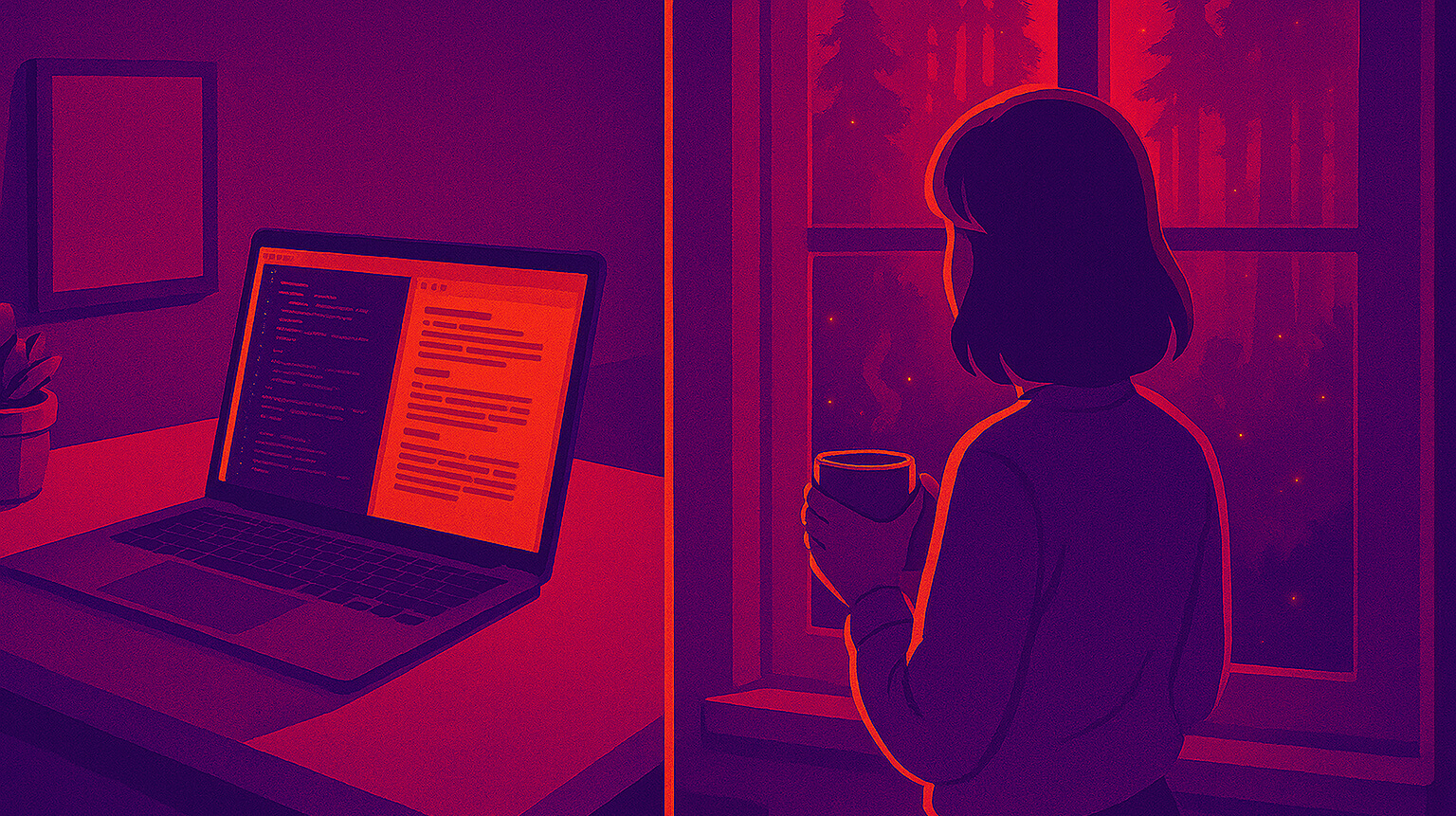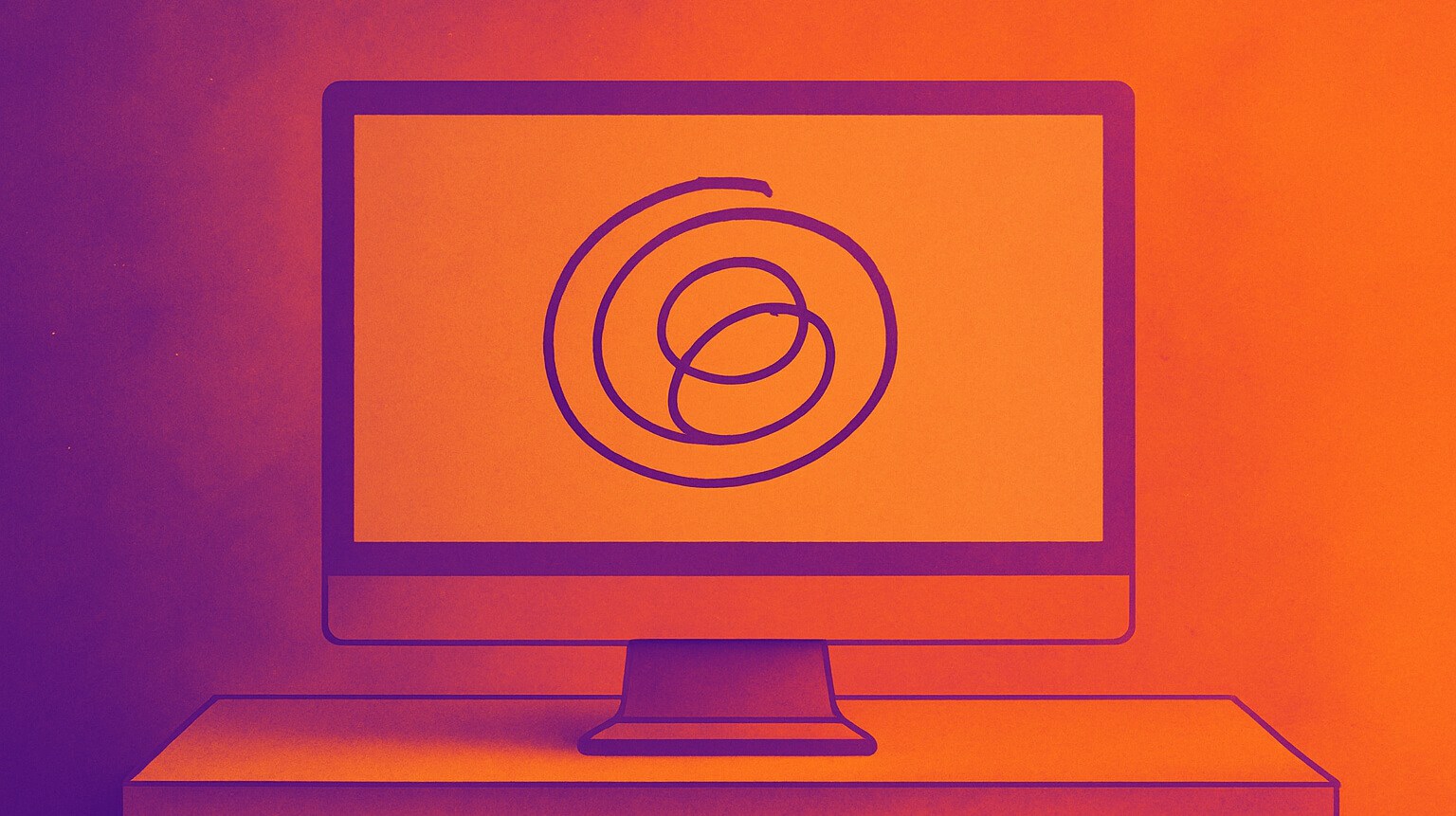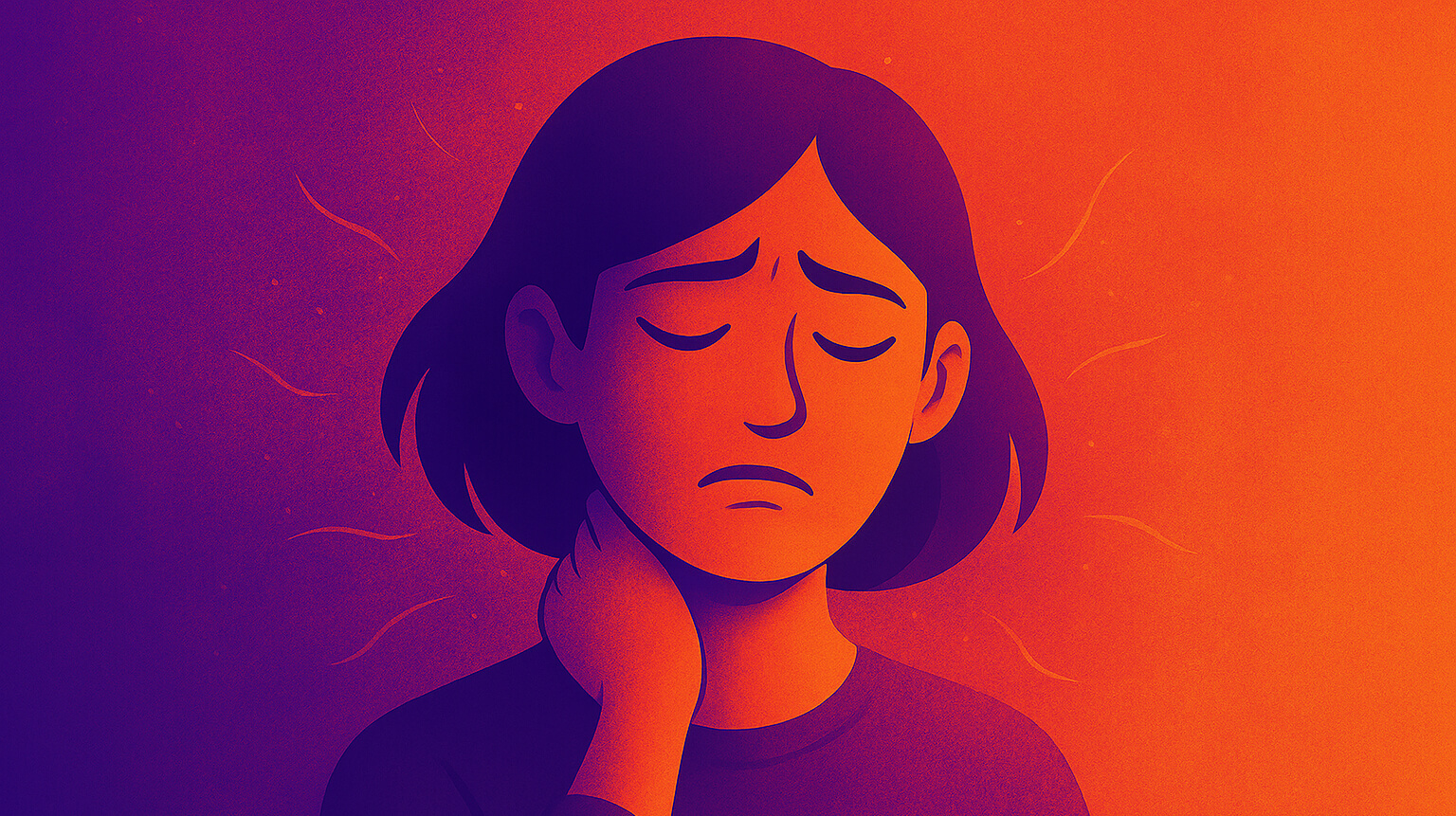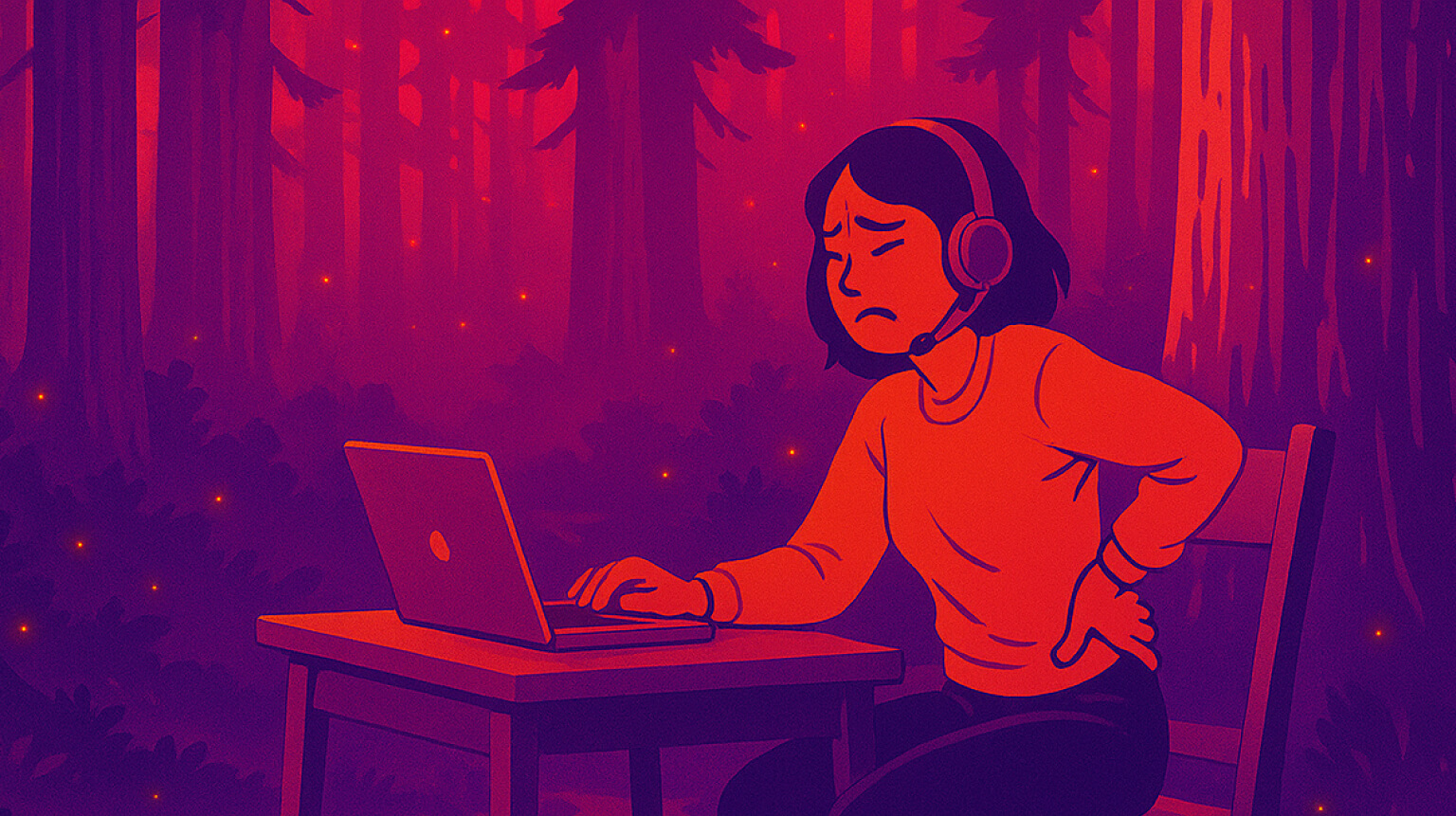The data was so counterintuitive that researchers double-checked it twice. After analyzing productivity patterns from 75,000 knowledge workers, DeskTime's 2025 study revealed something surprising: the most productive employees weren't grinding through 4-hour deep work sessions. They were taking breaks every 75 minutes—and spending a full 33 minutes away from their screens.
This 75/33 work-rest ratio marks a dramatic shift from pandemic-era habits, when workers pushed through 112-minute marathons with barely 26 minutes of recovery. The change isn't just about comfort—it's about results. Teams following this pattern report 23% higher productivity scores and significantly lower burnout rates. But here's what makes it fascinating: these aren't mandated breaks. Top performers naturally gravitate toward this rhythm when given flexibility.
The Science Behind Break Timing
Your brain wasn't designed for marathon focus sessions. Neuroscientists have long known about ultradian rhythms—90-120 minute cycles that govern alertness throughout the day. But new research reveals why the 75-minute mark matters: it's the sweet spot before cognitive fatigue sets in, when your prefrontal cortex starts rationing glucose and decision quality plummets.
The metabolic facts are clear. Your brain consumes 20% of your body's energy despite being only 2% of your mass. During intense focus, specific neural networks deplete their local energy reserves faster than blood flow can replenish them. Research on computer work and microbreaks shows that workers who took breaks at 20-minute intervals maintained consistent performance, while those who pushed through experienced cascading errors after the 60-minute mark.
Think of it like high-intensity interval training for your mind. Just as athletes alternate between sprints and recovery to build endurance, your cognitive stamina improves when you respect these natural cycles. The difference? Most of us treat our brains like we're running ultramarathons, ignoring the mounting fatigue until we hit a wall.
What Actually Happens During Your Screen Breaks
Not all breaks create equal recovery. Scrolling social media or checking news sites might feel like rest, but brain imaging shows these activities keep the same neural networks firing that you're trying to rest. True recovery requires what researchers call "attention restoration"—shifting to activities that use different cognitive resources entirely.
Physical movement trumps passive rest. A comprehensive meta-analysis published in PMC examined 22 studies on workplace microbreaks. Workers who spent breaks moving—even just walking to get water—showed 40% better focus upon return compared to those who remained seated. The mechanism is straightforward: movement increases cerebral blood flow, flushing out metabolic waste products that accumulate during intense thinking.
Visual relief matters more than most realize. While the famous 20-20-20 rule (looking 20 feet away for 20 seconds every 20 minutes) has mixed research support, the principle holds: your ciliary muscles, which control lens focus, develop painful spasms from prolonged near-vision work. Brief distance viewing acts like stretching after sitting—essential for preventing the cumulative strain that leads to afternoon headaches and blurred vision.
The most effective breaks combine three elements: movement away from your workstation, visual distance shifting, and activities that don't require directed attention. This might mean watering plants, doing light stretches, or simply standing by a window watching clouds drift by. The goal isn't productivity during the break—it's creating conditions for sustained performance when you return.
Why We Resist Taking Breaks
"I don't have time for breaks." It's the most common objection, and it's built on a fundamental misunderstanding of how productivity actually works. The resistance to taking breaks often stems from outdated industrial-era thinking, where time-on-task equaled output. In knowledge work, this equation doesn't hold up.
Consider the compound effect of fatigue. Without breaks, your error rate increases exponentially after 90 minutes of sustained focus. A developer debugging code might spend 10 minutes finding an error fresh, but 45 minutes hunting the same bug when fatigued. A writer crafting clear prose in the morning produces muddled paragraphs by afternoon. The time "saved" by skipping breaks gets consumed by fixing fatigue-induced mistakes.
Cultural barriers run deep in many organizations. Taking visible breaks can feel like signaling laziness, especially in remote settings where presence equals productivity in some managers' minds. Yet companies that actively encourage break-taking report surprising results: Workplace productivity statistics from 2025 show that organizations with break-friendly cultures see 18% less turnover and significantly higher engagement scores.
The solution starts with reframing breaks as performance tools, not rewards. Elite athletes don't earn rest days—they schedule them as essential training components. Your cognitive performance follows similar patterns. By taking strategic breaks before exhaustion hits, you maintain higher baseline performance throughout the day instead of riding peaks and valleys of crisis-driven productivity.
How to Build Better Break Habits
Implementing effective screen time breaks requires more than good intentions. The most successful approach treats breaks as non-negotiable appointments with your future productivity. Here's a systematic method that's helped thousands maintain the 75/33 rhythm without feeling disrupted.
Start with transition rituals. Before diving into focused work, set a gentle timer for 75 minutes—not as a hard stop, but as an awareness cue. When it chimes, finish your current thought or paragraph, then step away. This prevents the jarring interruption that makes people resist break reminders. Apps like LookAway automatically detect when you're typing or in meetings, intelligently deferring breaks until natural stopping points.
Structure your break activities in advance. Keep a water bottle that needs refilling, designate a stretching spot away from your desk, or maintain a small garden that requires brief tending. Having predetermined break activities eliminates decision fatigue and prevents the default of grabbing your phone. Research shows that workers who planned their break activities took 47% more breaks than those who decided in the moment.
Track the impact, not just compliance. Note your energy levels, error rates, and afternoon productivity over two weeks. Most people discover that strategic breaks don't steal time—they create it. Tasks that dragged through afternoon brain fog suddenly flow when approached with restored focus. The 33 minutes "lost" to breaks typically saves 45-60 minutes of low-quality, high-effort work later.
The Path to Sustainable Performance
The 75/33 ratio isn't a rigid prescription—it's a starting point for discovering your optimal rhythm. Some thrive with 60/20 cycles for detail work, while others prefer 90/40 for creative tasks. The key principle remains: sustained performance requires strategic recovery, and fighting your brain's natural rhythms guarantees diminishing returns.
Modern work culture often celebrates endurance over effectiveness, confusing presence with productivity. But as remote work matures and performance metrics become more sophisticated, the evidence grows clearer: working smarter means working in harmony with our cognitive limitations, not despite them. Those who take regular breaks don't just avoid burnout—they consistently outperform their always-on peers.
The choice isn't between breaks and productivity. It's between sustainable high performance and the inevitable crash that follows ignoring your brain's basic needs. Every moment you spend fighting fatigue is a moment stolen from your best work. The most successful professionals have learned this truth: stepping away isn't giving up—it's gearing up for what matters most.



